Services
There are many things The Somatic Clinic can help with.
Trigger Points
Trigger point therapy is a specialised osteopathic technique designed to alleviate pain and enhance muscle function. It targets trigger points, which are specific areas within the muscle that are prone to irritability. By applying continuous pressure to these points and placing the muscle in a shortened position, this will aim to reduce pain, improve functionality, and restore proper circulation to the affected area. This technique is employed to effectively address muscle-related issues and promote overall healing and recovery.
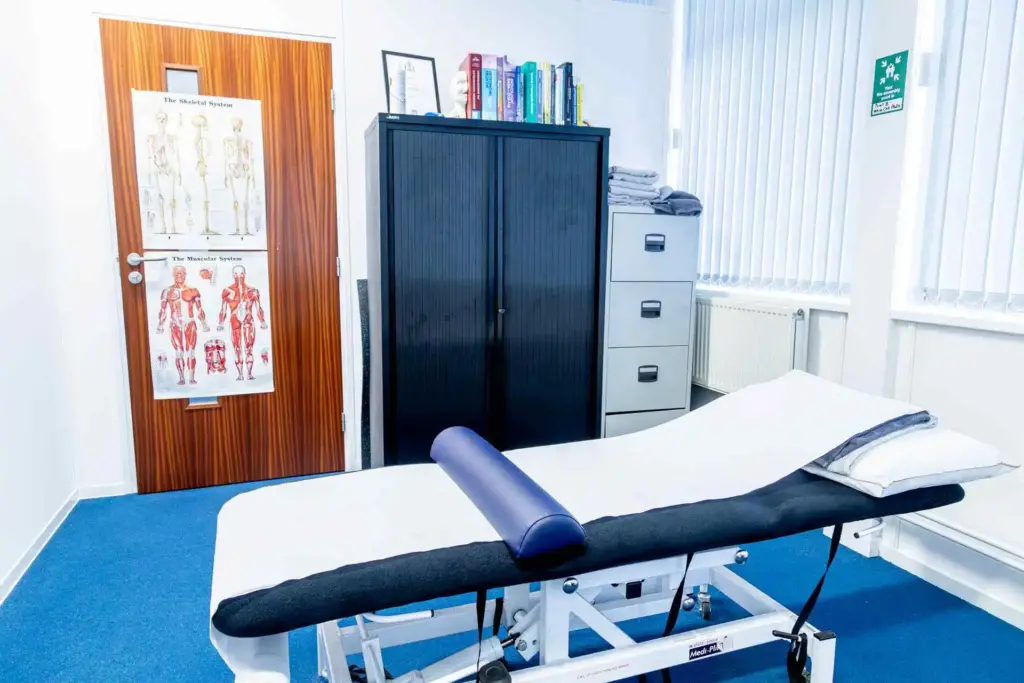
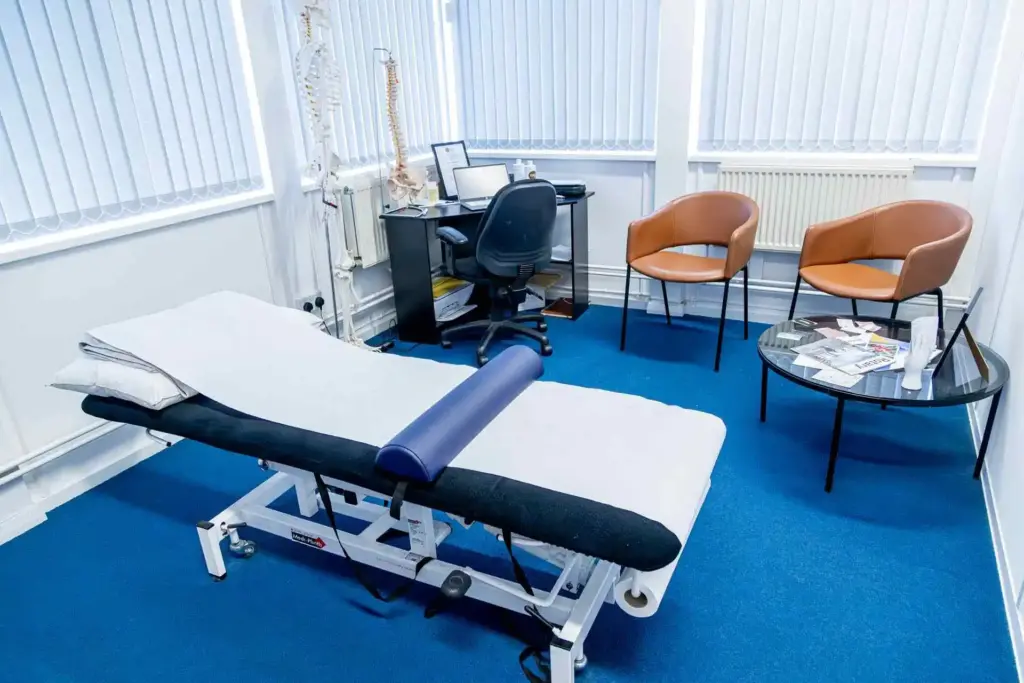
Articulation
Articulation is a therapeutic modality employed in cases of joint stiffness or tightness. This technique involves the passive manipulation of the affected joint, guided by the expert osteopath, to traverse its pain-free range of motion in a deliberate and controlled manner. By implementing gradual and smooth movements, articulation facilitates the activation of the joint’s synovial fluid, thereby enhancing its self-lubricating properties. This process contributes to the alleviation of pain and the restoration of optimal joint mobility. Articulation is commonly utilised in the management of musculoskeletal pain, restricted joint range of motion, degenerative joint changes associated with osteoarthritis, as well as hypertonicity in muscles.
Muscle Energy
Muscle energy technique (MET) is a manual therapy method utilised to rectify aberrant muscle length, resulting in pain reduction, increased joint range of motion, and the restoration of body symmetry. During MET, the patient actively engages in resisting against a therapeutic barrier set by the osteopath. In result, as the patient relaxes, the osteopath establishes a new barrier, facilitating either the lengthening or strengthening of muscle fibers.
MET employs a neurophysiological mechanism to engage the proprioceptive feedback loop, stimulating reflexive responses within the neuromuscular system. By harnessing this mechanism, MET promotes neuromuscular reeducation and corrective adaptations, optimising muscular function and overall biomechanics.
This therapeutic approach proves instrumental in addressing musculoskeletal dysfunctions, resolving soft tissue restrictions, and rebalancing muscular imbalances. With its tailored and targeted intervention, MET plays a vital role in comprehensive rehabilitation and the restoration of musculoskeletal health.
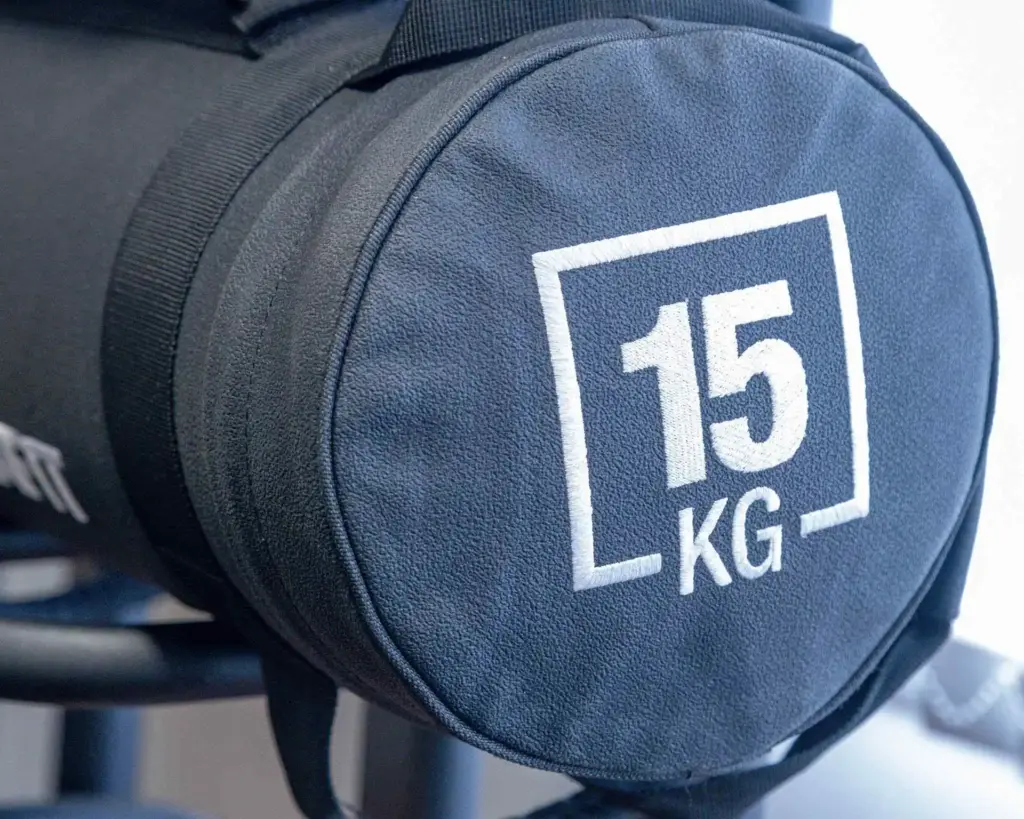
Get In Touch
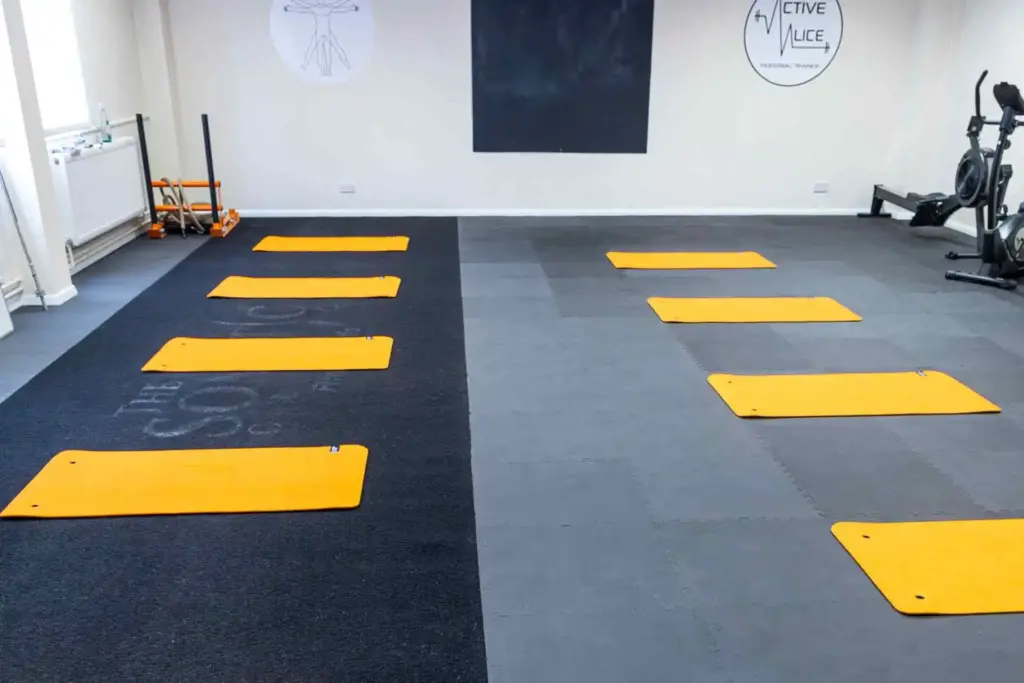
Massage
Massage therapy serves as a preparatory technique in osteopathic treatment to prime the body’s tissues for effective treatment. By applying targeted manipulation and stimulation, massage promotes increased circulation and lymphatic flow, thereby enhancing the body’s innate healing mechanisms. The hands of the osteopath work to release tension, alleviate pain, and restore optimal muscle and joint function by skilfully manipulating the muscle fibers.
The therapeutic strokes of the massage are executed in a smooth and flowing motion, harmonising with the natural circulation patterns of the body. This seamless integration with the body’s circulatory system allows for the efficient delivery of oxygen and nutrients while facilitating the removal of metabolic waste products.
Through its multifaceted effects on the body’s physiology, massage therapy optimises tissue responsiveness, encourages relaxation, and promotes overall well-being.
Personal Training
Some injuries can persist for an extended period, and despite the passage of time, they may not fully heal. Factors such as excessive scar tissue or muscular imbalances can hinder the natural flow and functioning of the body. In such cases, it is crucial to identify the root cause of the injury rather than simply attributing it to a generic issue like a bad back or knee. Some examples of underlying causes include:
- Ligament damage: Injuries to the ligaments, which connect bones and provide stability to joints.
- Disc damage/herniation: Conditions involving damage or protrusion of spinal discs, leading to pain and discomfort.
- Facet capsule irritation: Irritation or inflammation of the facet joints, which assist in spinal movement.
- Thoracic outlet syndrome: Compression or irritation of nerves or blood vessels in the thoracic outlet, resulting in pain and tingling sensations in the arms and hands.
- Neurological impingement: Compression or pinching of nerves, leading to pain, numbness, or weakness.
- Sciatica: Irritation or compression of the sciatic nerve, causing radiating pain from the lower back down the leg.
- Tendonitis: Inflammation or irritation of tendons, often due to repetitive motions or overuse.
- Tendonopathy: Degeneration or damage to tendons, typically resulting from overuse or aging.
- Hypertonia: Increased muscle tone or stiffness, affecting movement and flexibility.
- Frozen shoulder: Adhesive capsulitis, a condition characterized by stiffness and pain in the shoulder joint.
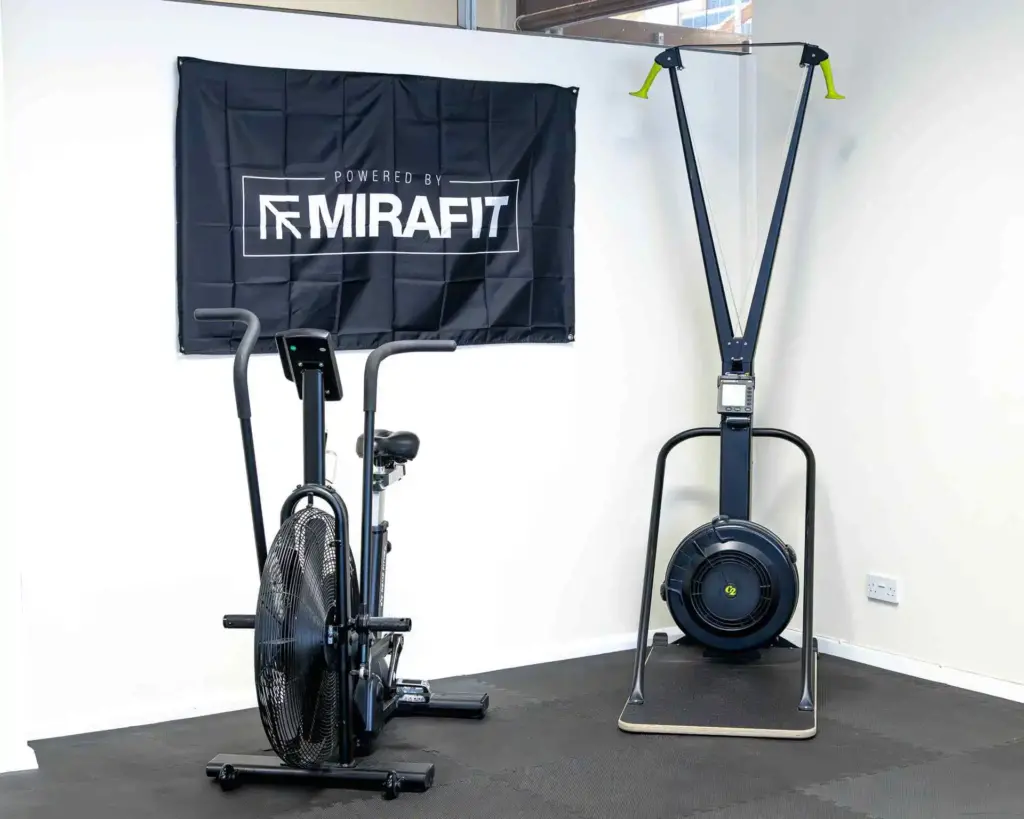
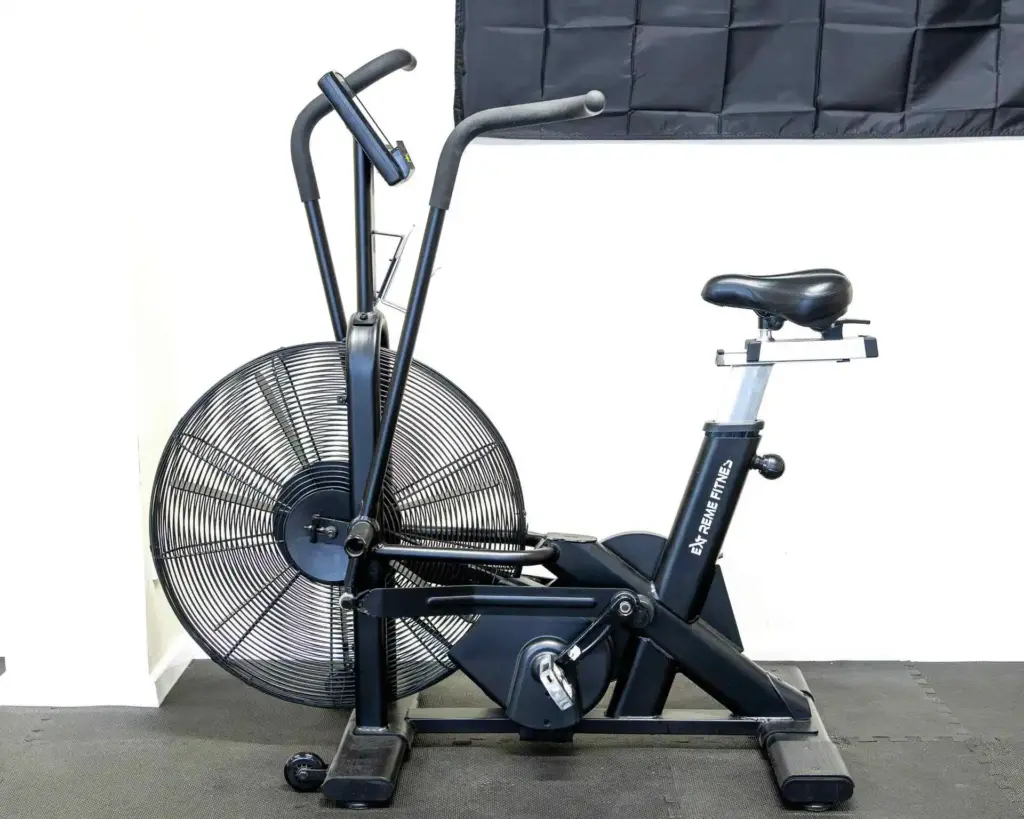
Nutrition
- Nutrition is a crucial component of our personal training approach. We understand its significant impact on your overall well-being and fitness goals.
- Our general nutritional guidance complements your training regime and promotes overall health. However, we also provide specialised support for specific needs.
- Whether you seek help with digestive issues, sleep quality, mental focus, energy levels, tissue health, or immune system strengthening, our nutrition experts are here for you.
- Through our personalised analysis of your requirements, preferences, and dietary restrictions, we develop tailored strategies to align with your goals. We believe in a balanced approach to nutrition and exercise for optimal wellness.
- Our goal is to empower you with knowledge and tools to make informed choices about your nutrition, unlocking your full potential and supporting your well-being.
